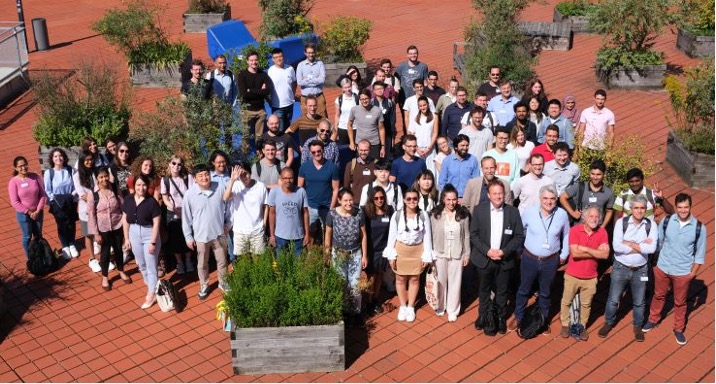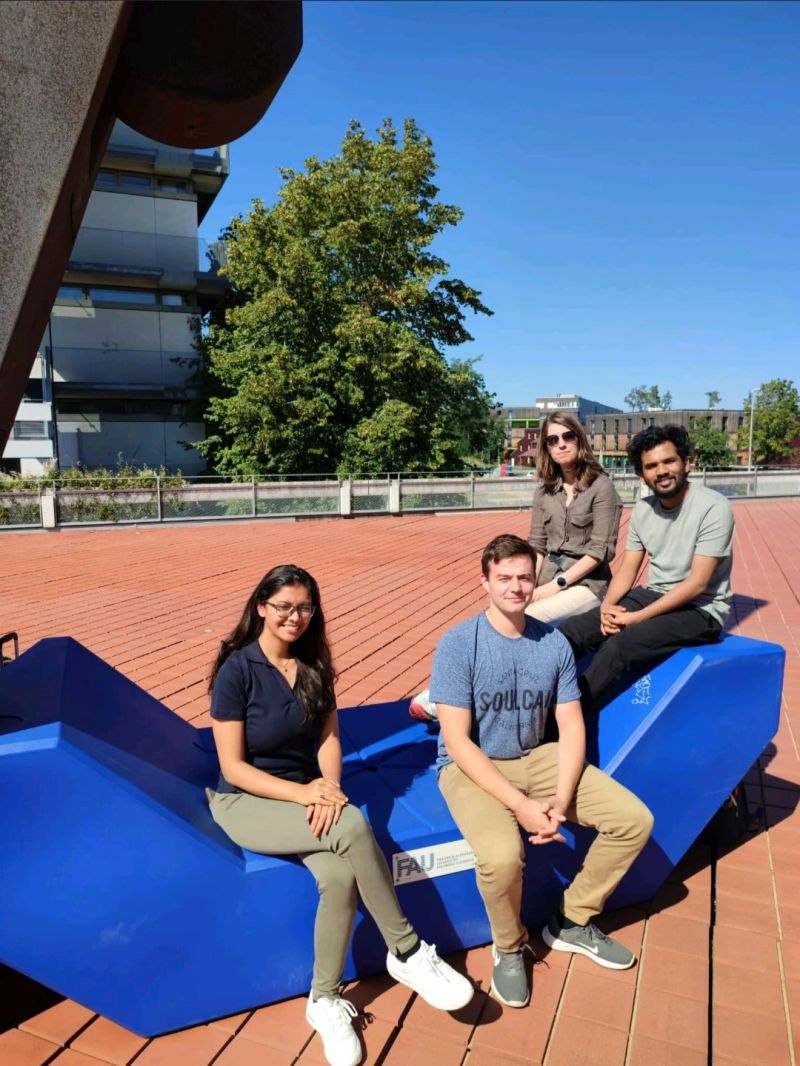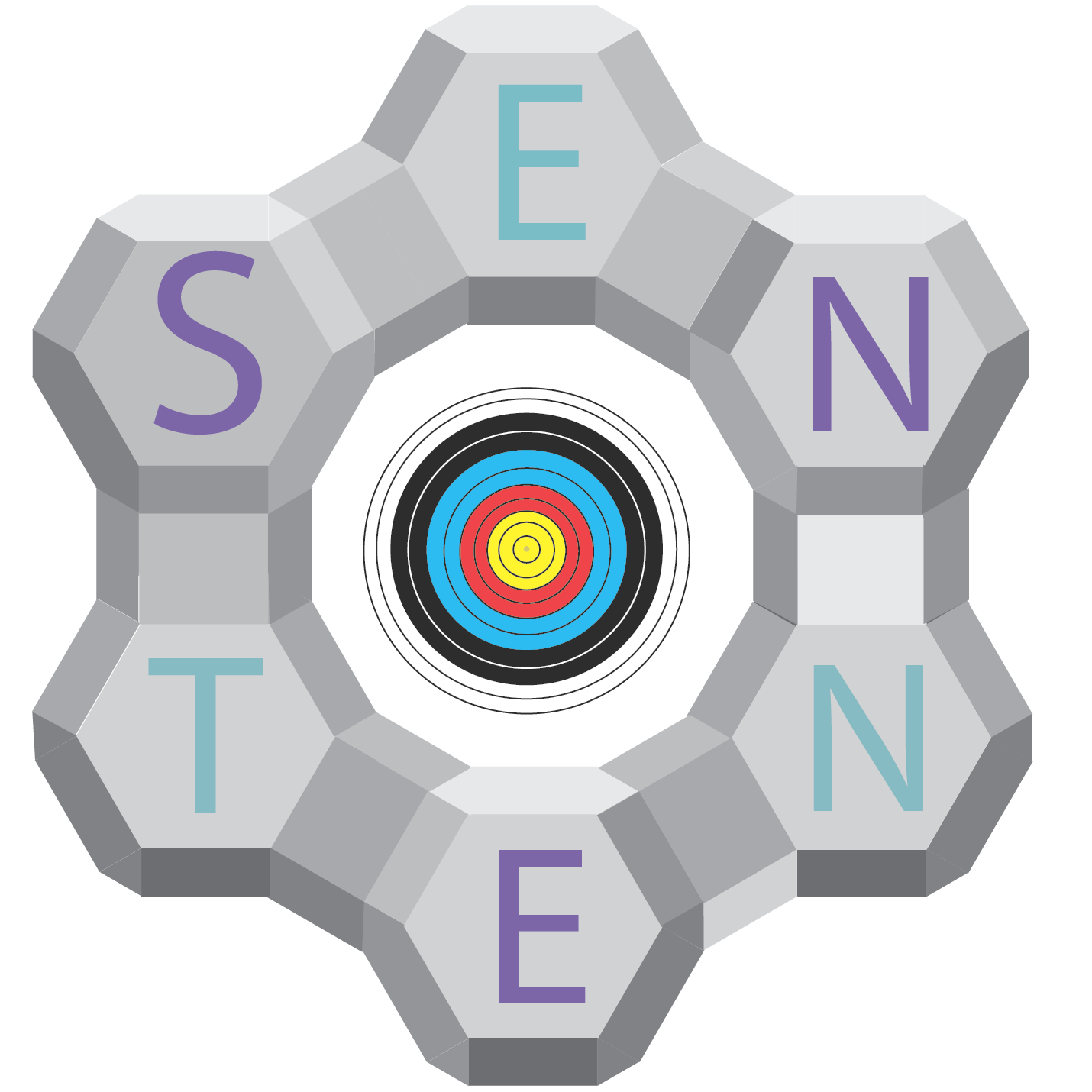
SENNET researchers attended EESA – Erlangen-Edinburgh School of Adsorption
Thanks to COVID slowly fading into the distance, we are now starting to see collaboration akin to how it was before the pandemic. Indeed sadly a lot of scientific collaboration had to be halted for some time and this hurt the advancement of science as much as it hurt people’s socialising opportunities. But we are happy to see that this is almost over and learning opportunities are now coming back as plentiful as before.
In this sense we are pleased to announce the return of a much awaited event, the School of Adsorption held by the FAU in Erlangen in conjunction with the University of Edinburgh, where some of the greatest minds in the world of adsorption explain their discipline. This year’s event took place during the week of the 5th to the 8th of October and since it was held in Erlangen it was called the “Erlangen-Edinburgh School of Adsorption”. Next year’s event will be held in Edinburgh and thus the names will be inverted.
The event was centred around two main speakers, creators and hosts of the event: Prof. Stefano Brandani and Prof. Matthias Thommes. Whilst Prof. Thommes opened the event by explaining the fundamentals of adsorption science, Prof. Brandani went into more detail into data acquisition, related technics and future applications. There was something for everyone, whether they were beginners that came to learn the basics or veterans that wanted to go deeper into the subject. Adding to these fundamental topics, guest speakers coming from industry gave interesting insights into the current and future industrial applications, showing the potential of this branch of science.
But one question arises: “Why do I need to learn more about adsorption if I’m not involved in fundamental research on the subject”. Indeed with many sorption instruments it is possible to press a button and a few hours later get information such as the BET area without needing much involvement. But a simple answer to this is to avoid publishing mistakes. For instance, it often happens that people refer to BET specific area in inappropriate situations and we strongly believe that everyone working with these methods can benefit greatly from a better understanding of the data they are publishing. We hope to see you again next year and in even greater numbers!

SENNET researchers Barnika Chakraborty, Ajay Padunnappattu, Aleksandra Hernik and Iago Maye attended EESA School of Adsorption.
